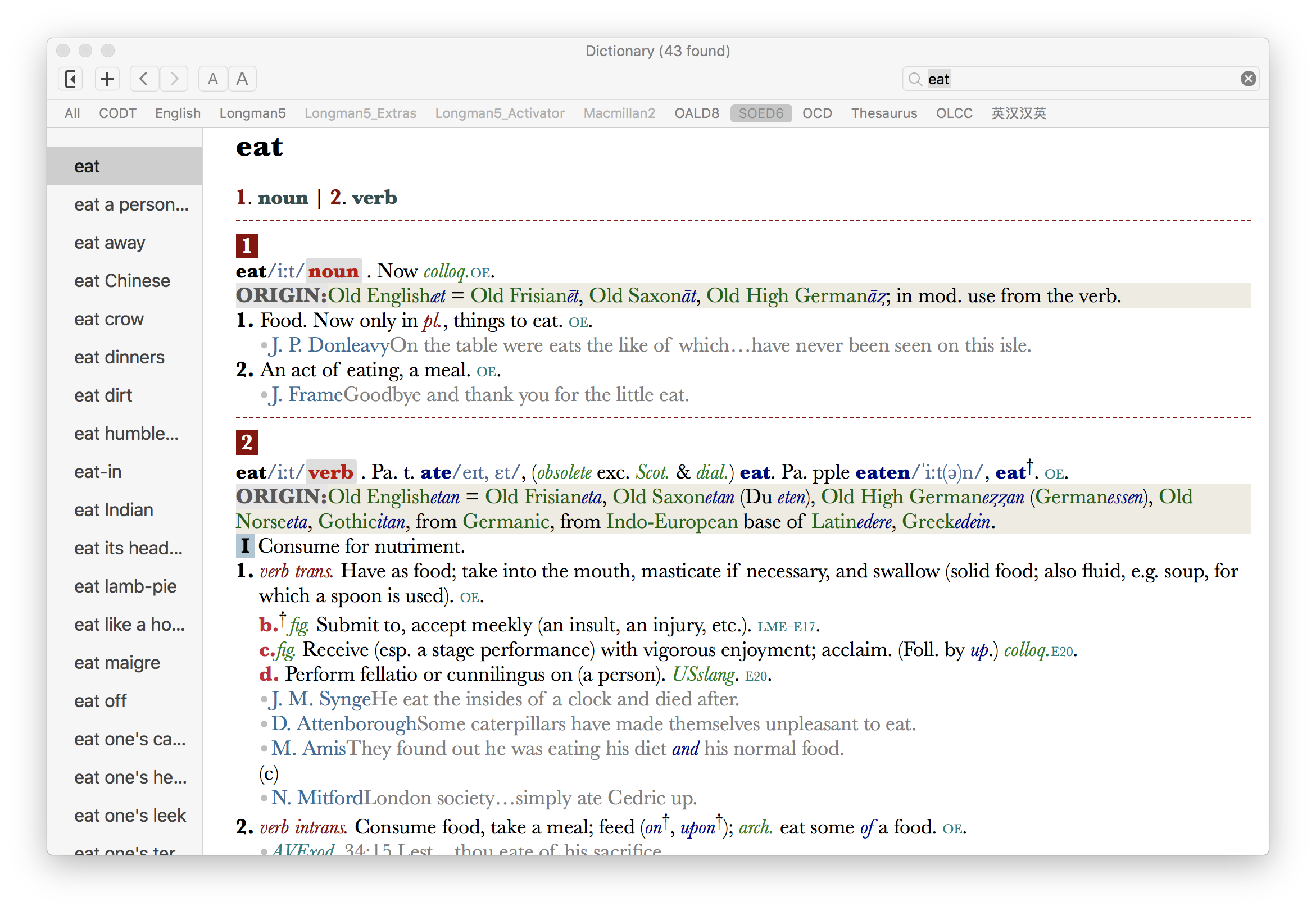
The slash is commonly used in many languages as a shorter substitute for the conjunction "or", typically with the sense of exclusive or (e.g., Y/N permits yes or no but not both). See also: Gender neutrality in languages with grammatical gender
Shorter oxford english dictionary mac install flash windows#
Clarifying terms such as "forward slash" have been coined owing to widespread use of Microsoft's DOS and Windows operating systems, which use the backslash extensively. 1961, but has gained wide currency through its use in computing, a context where it is sometimes even used in British English in preference to the usual name "stroke". The name "slash" is a recent development, first attested in American English c. In the 19th and early 20th century, it was also widely known as the " shilling mark" or " solidus", from its use as the currency sign for the shilling. The variant "oblique stroke" was increasingly shortened to " stroke", which became the common British name for the character, although printers and publishing professionals often instead referred to it as an "oblique". In the 18th century, the mark was generally known in English as the " oblique". The double slash developed into the double oblique hyphen ⸗ and double hyphen = or ゠ before being usually simplified into various single dashes. The Fraktur script used throughout Central Europe in the early modern period used a single slash as a scratch comma and a double slash // as a dash.

(The first sense was eventually lost to the low dot and the other two developed separately into the comma, and caesura mark ||) Its use as a comma became especially widespread in France, where it was also used to mark the continuation of a word onto the next line of a page, a sense later taken on by the hyphen. "twig"), which was used as a period, scratch comma, and caesura mark. The present use of a slash distinguished from such other marks derives from the medieval European virgule ( Latin: virgula, lit. Slashes may be found in early writing as a variant form of dashes, vertical strokes, etc.


 0 kommentar(er)
0 kommentar(er)
